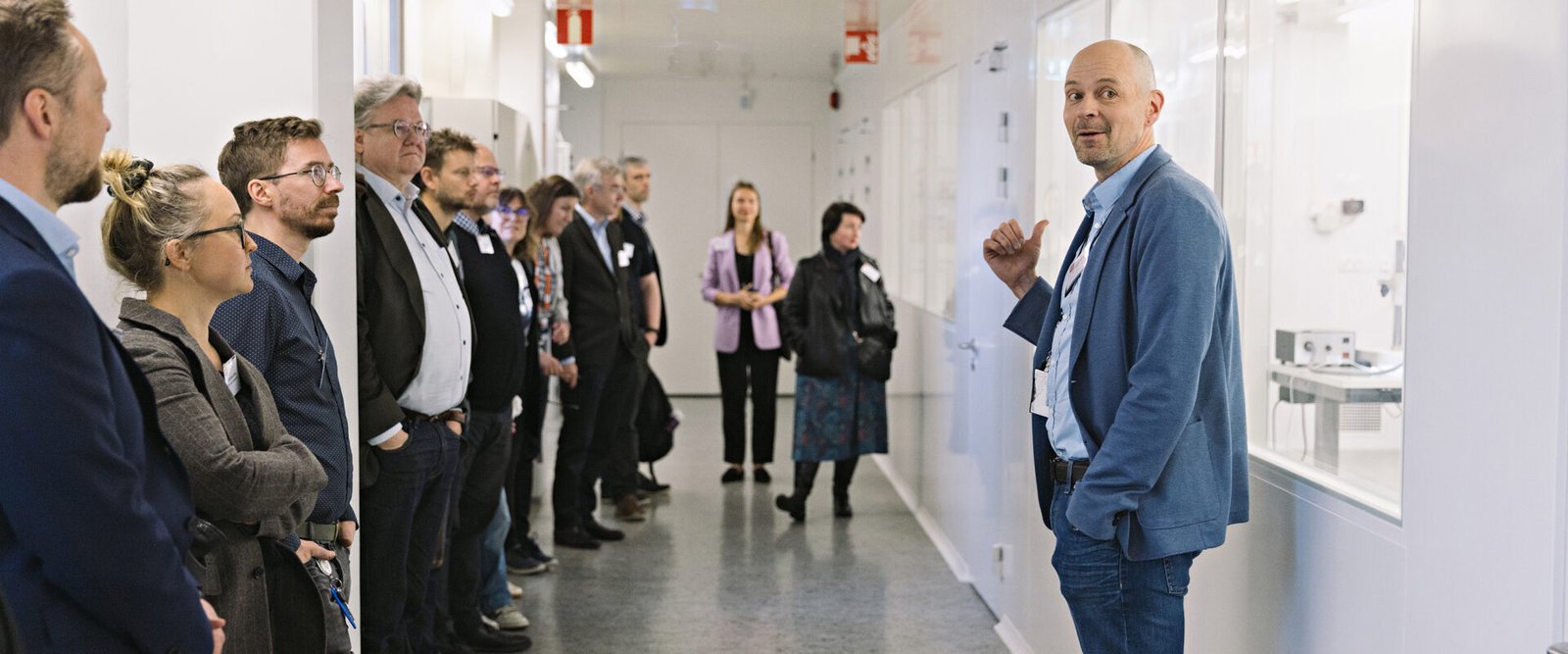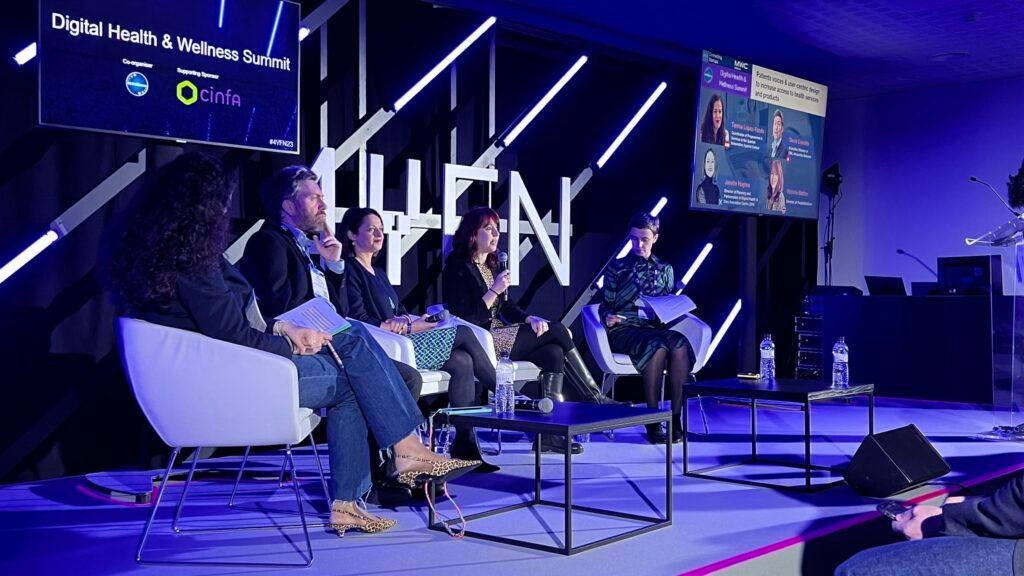What if the journey from medical prototype to patient-ready device didn’t take years?
That is the question VTT is answering with its groundbreaking new pilot environment in Oulu. Designed to accelerate innovation in diagnostics and wearable tech, the facility could redefine how quickly life-saving technologies reach the people who need them. With advanced tools for prototyping and testing under real-world conditions, this environment offers startups and researchers a much faster route from lab to life.
On June 3rd, BusinessOulu’s Health and Life Science team had the chance to attend the inauguration of VTT’s new piloting environment for medical devices. Located at the heart of Finland’s deep tech ecosystem, this EUR 3.4 million facility is designed to solve a persistent issue in healthcare solutions development: the jump from promising prototypes to market-ready and patient-friendly solutions.
The environment is a collaboration space for accelerating diagnostics, monitoring solutions, and patient-centered care tools, and its key focus areas include preventive health monitoring, early cancer detection, and rapid diagnostics, enhancing patient comfort and decreasing dependence on traditional laboratory tests. The pilot line allows companies and researchers to produce small- to mid-size prototype batches using advanced technologies such as microfluidics, photonics, and wearable sensor integration, all in compliance with medical device regulations.
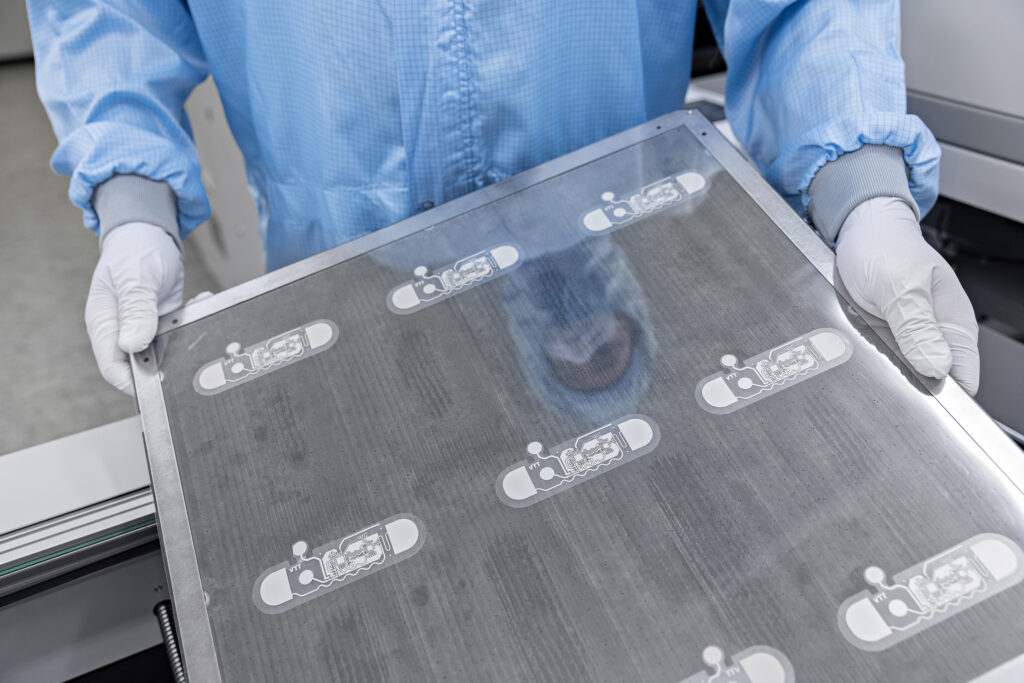
A Launchpad for health innovation
Unique in Europe, this pilot line has the ability to support early-stage development all the way through to pre-clinical validation. Innovations like discreet cardiovascular monitoring patches or microfluidic sensors for early cancer detection can now be developed, tested, and refined under one roof. The regulated environment significantly facilitates prototype manufacturing while helping streamline certification processes, reducing both time and cost for innovators aiming for market entry.
“The pilot line enables the fabrication of prototypes and test series using industry-compatible manufacturing processes and practices. This enables a smooth transition from R&D to industrial-scale production without changes in the product designs”, explains Jussi Hiltunen, Research Professor. “The manufacturing capabilities cover electronics and photonics packaging of the diagnostics instruments and wearable devices, together with the integration of microfluidics platforms for the in-vitro diagnostics. The driver is to support the medtech companies that need help in their hardware development.”
Event Highlights
The inauguration kicked off with opening remarks from Erja Turunen, VTT’s Executive Vice President, setting the tone for a future-forward approach to medtech. This was followed by a video greeting from Mari-Leena Talvitie, Finland’s Minister of Science and Culture, who highlighted the national importance of innovation-driven healthcare.
Next, Kari Rönkä, Vice President at VTT, presented the vision behind the pilot environment and the ways it will cut down time-to-market for new technologies, emphasizing the need for agile and scalable prototyping solutions to bring research breakthroughs closer to clinical use.
Two compelling company collaboration case studies followed: Juhani Kemppainen, Manager of Sensor Technologies at Polar, shared insights into integrating advanced sensor technology into wearable devices; and Tuan Hoang Nguyen, CTO at Finnadvance, spoke about the potential of organ-on-chip technologies and how facilities like VTT’s pilot line can help bridge the gap between lab research and pre-clinical development.
The event concluded with a demo session and guided tour of the pilot line, giving attendees a close-up look at the state-of-the-art environment.
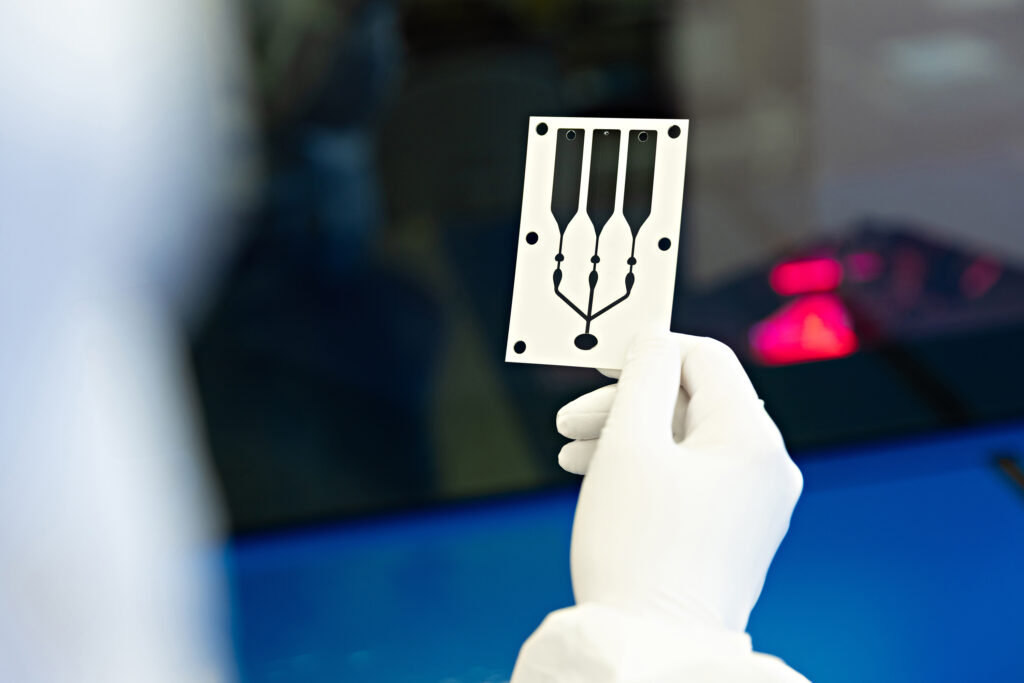
Looking Ahead for Oulu and beyond
VTT’s initiative aims to bring together health ecosystems and accelerate innovation that genuinely improves lives. The pilot line provides a key new tool for researchers, healthtech companies, and health professionals aiming to bring next-generation diagnostics and monitoring solutions to patients faster, more safely, and more efficiently, all with the support of the new Oulu-based facility.
“Oulu is traditionally known as a technology center with strong expertise in, for example, electronics, telecommunications, and software”, says Hiltunen. “There is a significant growth potential in health technologies, and an internationally recognized ecosystem has already been formed in this domain. To further strengthen the ecosystem, VTT has invested in a pilot production line to complement what the Oulu region has to offer to accelerate the commercialization of innovations.”
We look forward to seeing future collaborations and the effect this environment will have across the regional, national, and European health innovation landscape.

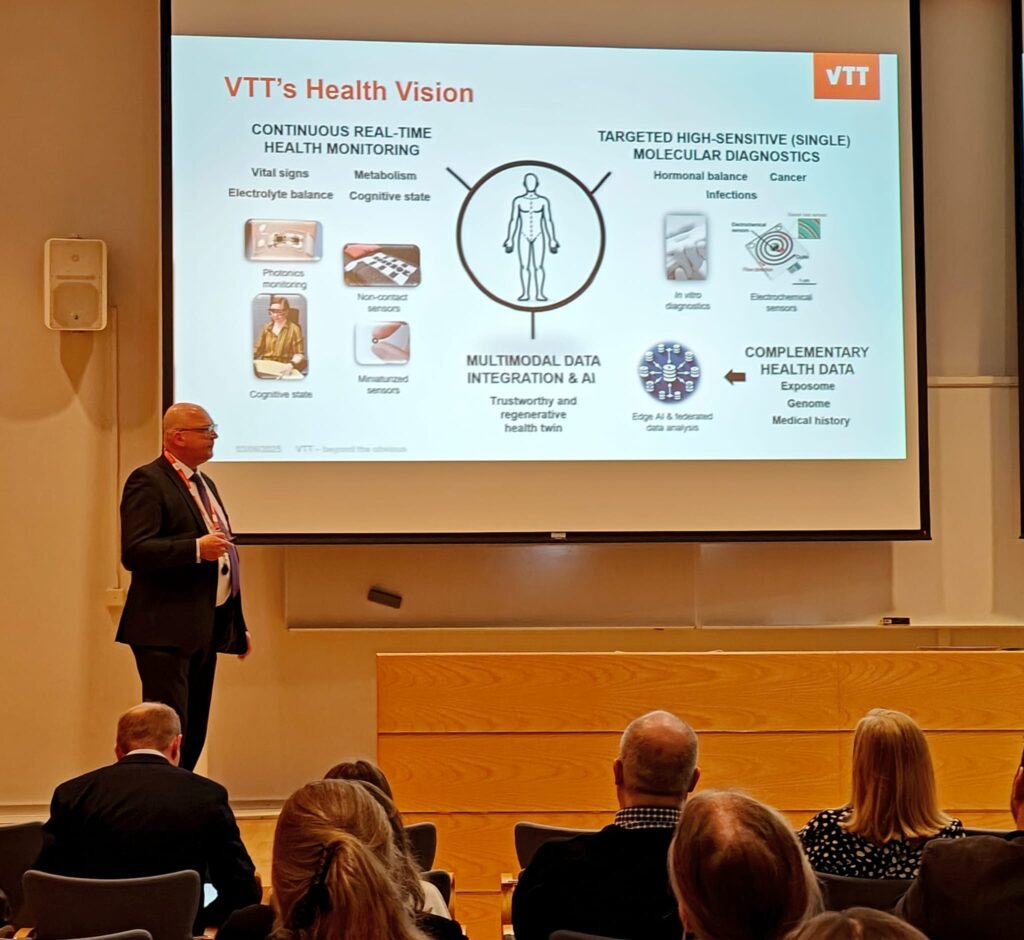

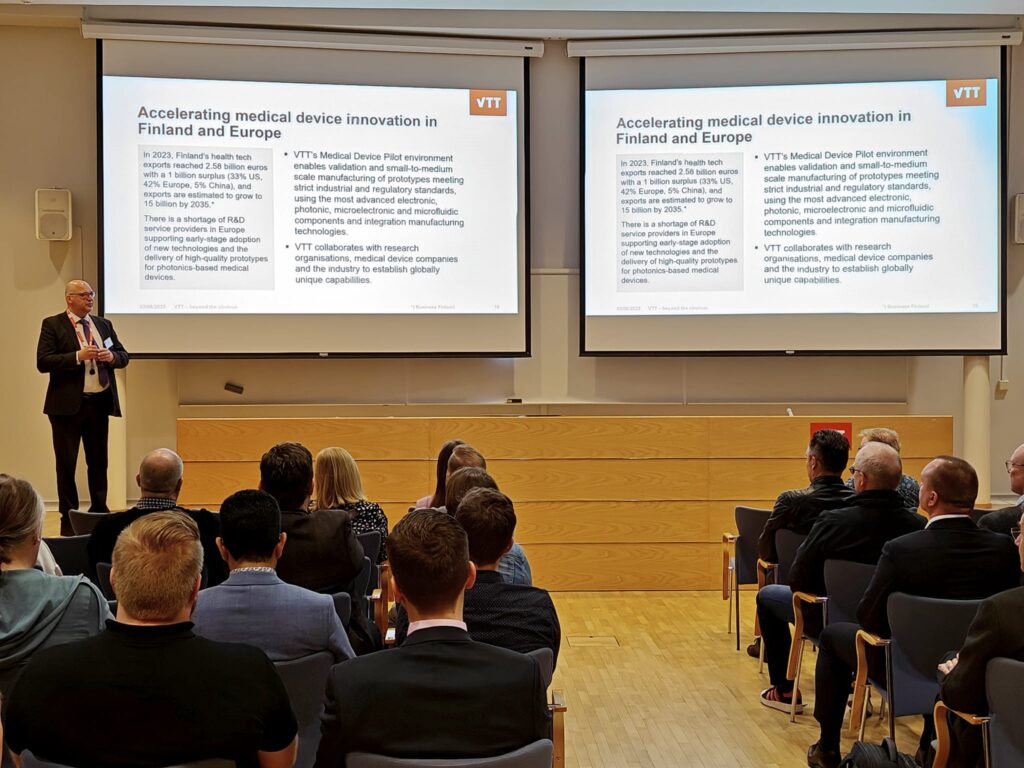
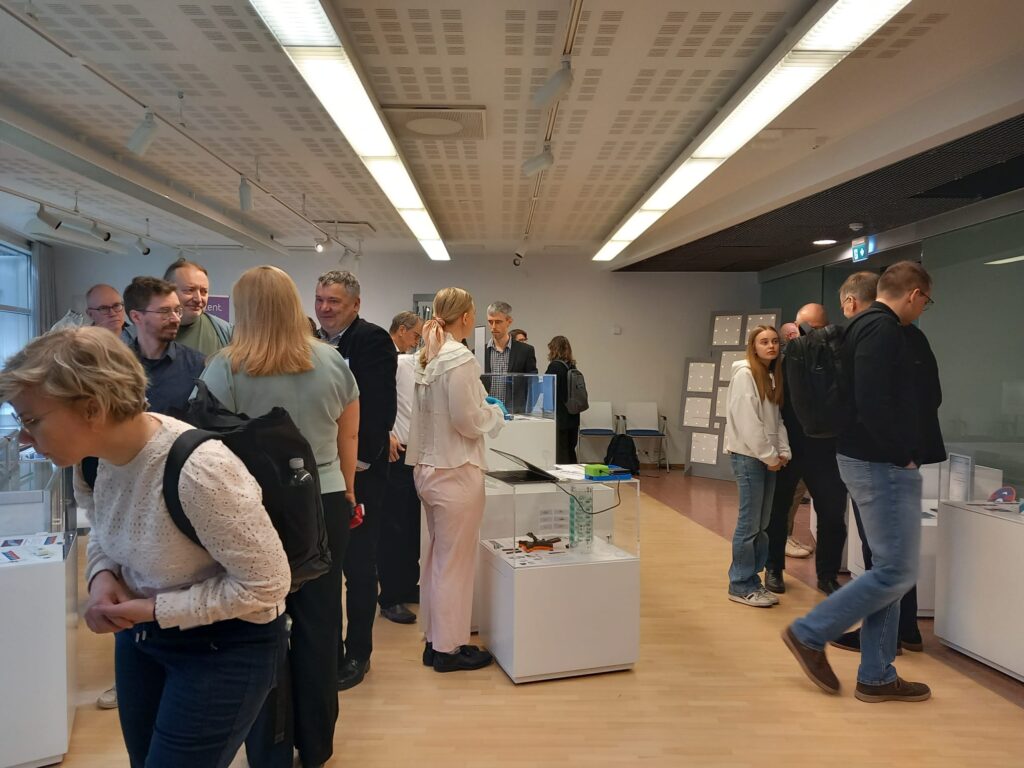
Text: Beatriz Rocha, Health and Life Science, BusinessOulu
Images: VTT
